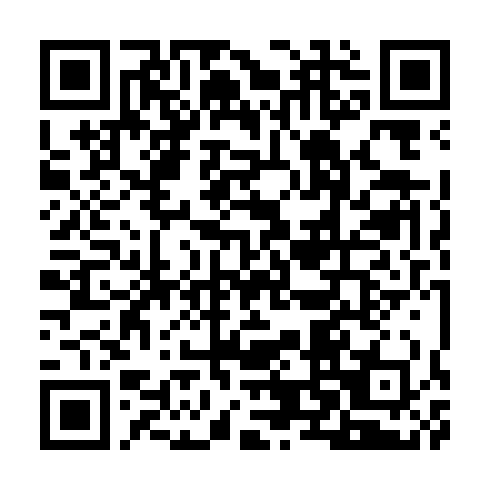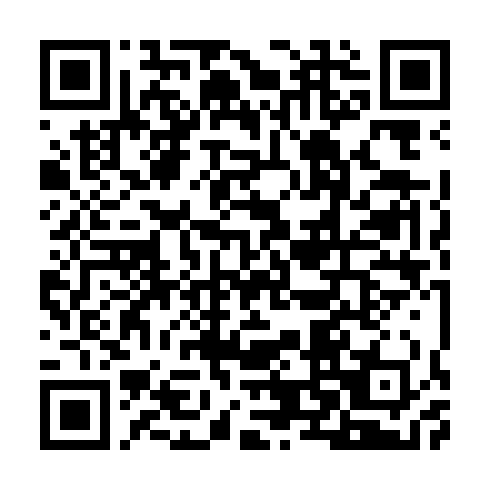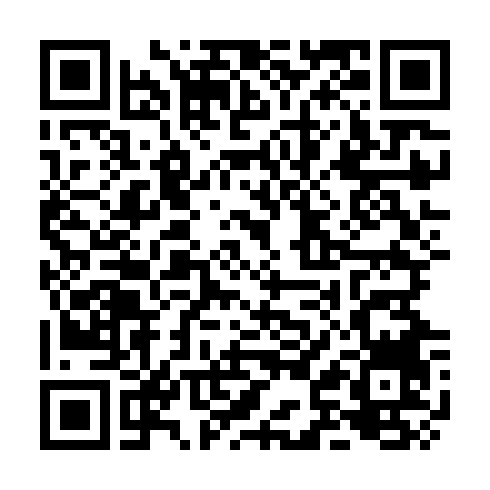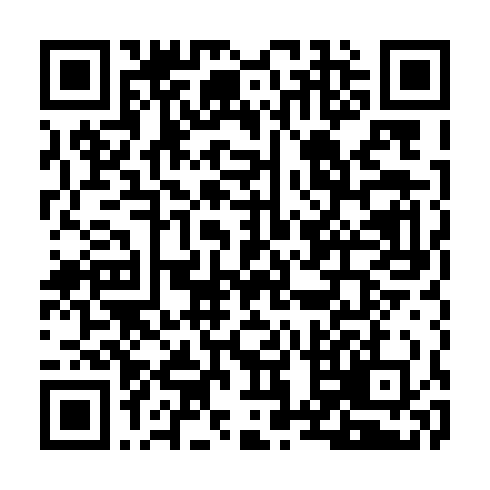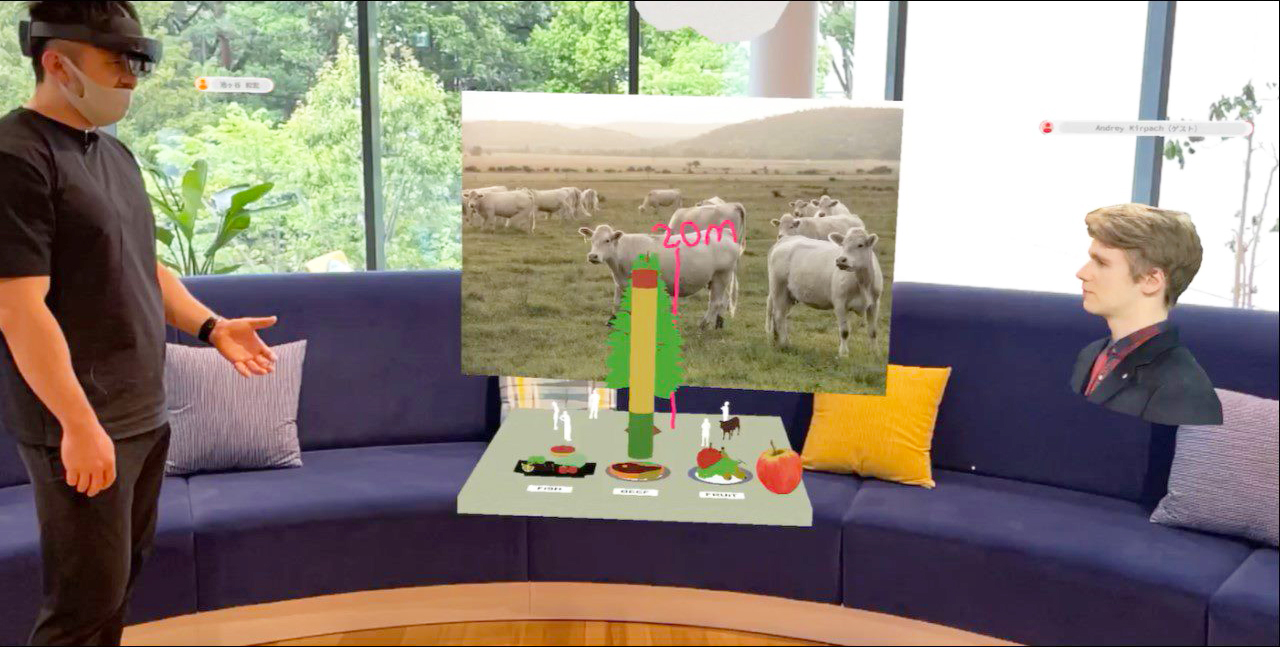

書籍『Beyond Smart Life――好奇心が駆動する社会』の刊行を巡る取り組みは、京都大学の様々な先生方の対話を通じて、私たちに次のことを教えてくれました。それは、「信じるものがなくなる」「頼るものがなくなる」「やることがなくなる」という三つの喪失を想定する未来社会に向けて、不安を受け止めつつそれでも希望を持って生きていくために、何より「ワクワクする心(知的好奇心)」が大切だということです。 「ワクワクする心」は、主体的に社会を問う想像力の源です。それは科学や技術、ひいては人間社会について探求する学問を正しく理解し、期待する態度を育みます。身の回りのあらゆる現象に学びの目を向けることは、この世界に共に生きる人々への共感を生み、通り一遍の発想ではままならない複雑怪奇な社会課題を克服していくための最初の一歩となるでしょう。ワクワクと心弾ませながら、それでも粘り強く着実に、自ら立てた問いに向き合い続けることが肝要です。 日立京大ラボでは、書籍刊行を通じて打ち出したこれらのメッセージを、実際に「ワクワクする心」を醸成する活動として結実させたいと考えました。そこで、既に顕在化している様々な社会課題のうち二つを取り上げ、京都大学の先生方を初めとする様々な有識者との対話から得られた示唆を取り入れながら、それを「自分事」として体感できることを意図したAR1(Augmented Reality )&MR2(Mixed Reality )コンテンツを作成しました。 社会課題それ自体は、手で触れてみることはできません。その途方もない総体をためつすがめつ眺めてみながら、自分なりの輪郭をとらえて「問い」始めることでしか触れることのできないものです。ここに掲載するコンテンツは、社会課題を即座に解決する「答え」を与えるものではなく、この「問い」を生むことを主眼としています。このコンテンツを通じて生まれる気づき、驚き、疑問、違和感……、こうしたきっかけを拠り所としながら、より良い社会を実現するために私たちにできることはないか、一緒に考えてみませんか。
In the book “Beyond Smart Life,” we made two following propositions for the Japanese society in 2050. Firstly, we would experience three types of loss: loss of things to “believe”, loss of things to “rely on”, and loss of things to “do”. Secondly, one of the most significant things to overcome these losses is our “sense of wonder,” which would become a cornerstone to accept future anxiety and to search for hope. “Sense of wonder” is a source that enable us to seek the society voluntarily. It would nurture attitudes to understand science, technology, and various studies related to human nature and to expect their results in a rational manner. Turning our eyes to learn from our surrounding world would lead us to create empathy for people living together, and to take the first step to confront complex social issues that could not be solved by ordinary ideas. The most essential thing is to continue facing questions with excitement, persistently and steadily. Hitachi Kyoto University Laboratory have planned to make these messages of the book come into fruition in the form of activities that could actually foster “sense of wonders.” Therefore, we picked up two social issues and created AR1 (Augmented Reality) & MR2 (Mixed Reality) contents through discussions with various experts including Kyoto University professors, which aimed to enable people experience social issues as their own problems. Social issues themselves are not things that could be “touched” by our hands. They could only be accessed when we started looking at them from multiple angles and asking questions. Contents presented here is not a thing that provides "answers" to solve social issues, but rather a thing to generate "questions. We hope these contents would become an opportunity for you to bring insights, surprises, and some feelings of discomfort that support you to start thinking about what we can do to realize a better society.
注釈
現在、私たちは地球環境や社会が大きく変化している真っただ中にいます。地球・社会規模の課題は時として私たちの生活様式を直接的に変化させる一方で、その途方もない規模の大きさから、ともすればどこか遠いところで起きている「他人事」のように感じられてしまうこともあります。しかし、地球・社会規模の課題は私たち一人ひとりの行動と複雑かつ密接な形で絡み合っているという点で、誰一人「他人事」ではあり得ません。それどころか、私たちの無意識の日々の活動が、さらに深刻な影響をもたらす事態を引き起こしていることすらあります。このような状況下にあって、私たちは社会課題をどのように知り、理解し、そこから行動を変えていくことができるのでしょうか? 日立京大ラボでは、まず「問い」を生む仕掛けが重要であると考え、社会課題について「自分事」として考える環境を整えるために、AR&MR技術を活用した体感可能な教育コンテンツを作ることを考えました。そこで、現在の私たちの生活を脅かしている社会課題の代表例である「パンデミック(感染症の世界的流行)」と「気候危機」の二つを取り上げ、京都大学の先生方や学生の皆さんと共に、その背景や原因、対策や影響について議論しながら、その分野に詳しくない人々にとっても分かりやすく、かつ興味を持って社会課題について考えることのできるシナリオを検討しました。
Today, we are in the midst of major changes in the global environment and society. Global issues sometimes directly change our lifestyles, but at the same time, because of their tremendous scale, prevent us from acknowledging them to be contiguous with our daily lives. However, none of us are inherently “irrelevant" to them, since the cause of social issues is closely intertwined with the actions of our everyday actions. To make matters worse, our unconscious daily activities may even be causing situations with more serious consequences. Then, how could we understand social issues and make a change in our behaviors? Hitachi Kyoto University Laboratory came to a conclusion that the first significant thing is to create a device that helps generating "questions." Therefore, we decided to develop an educational AR&MR contents that provide environment where people could think about social issues as "their own affairs. We chose “pandemic” and “climate crisis” for the topics, and discussed each problem’s causes, countermeasures, and effects with professors and students of Kyoto University and then invented scenarios that would be both appealing and easy to understand for people who are not familiar with these problems.
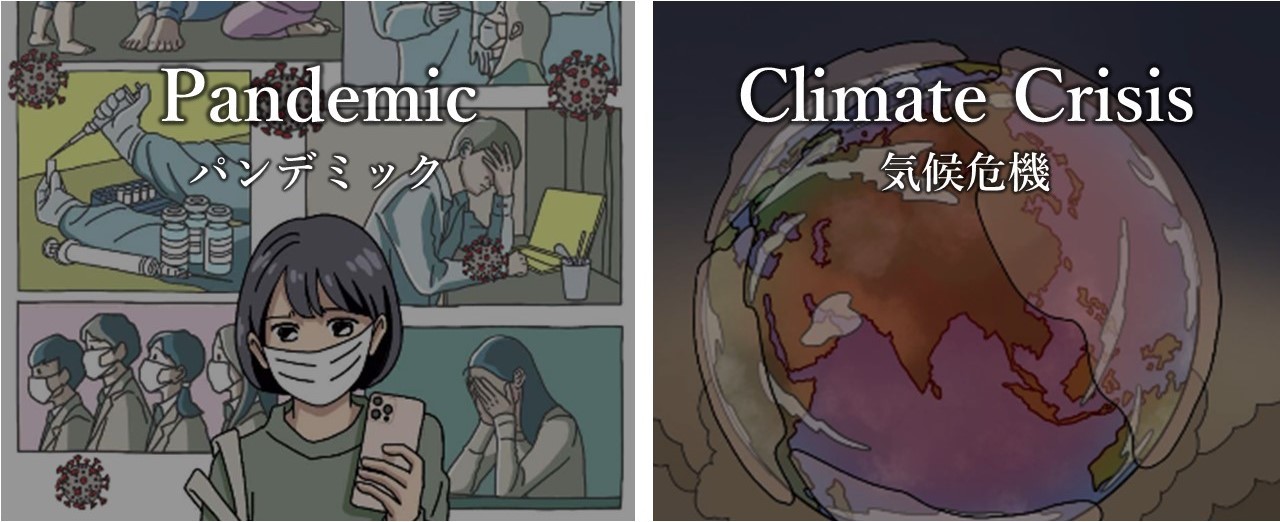
シナリオの検討に当たっては、まず「パンデミック」と「気候危機」を巡る前提知識の獲得とコンテンツ化に向けた観点の整理のため、日立の研究者・デザイナーと京都大学の先生・学生、そして総合地球環境研究所の研究者らによる対話形式のワークショップを開催しました。パンデミックの検討には、医学コミュニケーション学、エコヘルス(「健康」を社会と環境との関わりから考える学際領域)、教育学、映像・メディア学、気候危機の検討には公共政策、防災研究、地域研究、社会心理学の視点を多角的に取り入れ、私たちの生活と社会課題との関係性を紐解いていくと共に、それをどのようなシナリオとして提示すれば「問い」を生むことができるかを議論しながらまとめていきました。
First, three workshops were held among Hitachi researchers and designers, Kyoto University professors and students, Research Institute of Humanity and Nature researchers to learn basic knowledge about two topics and to organize frameworks for the scenarios. To create pandemic content scenario, experts of medical communication studies, eco-health, pedagogy, and film and media studies have participated. To create climate crisis content, experts of public policy, disaster prevention research, regional studies, and social psychology have collected. According to discussions from diversified perspectives, we unraveled the relationship between our daily lives and each of the social issues and investigated how to stimulate people’s curiosity through the scenarios.
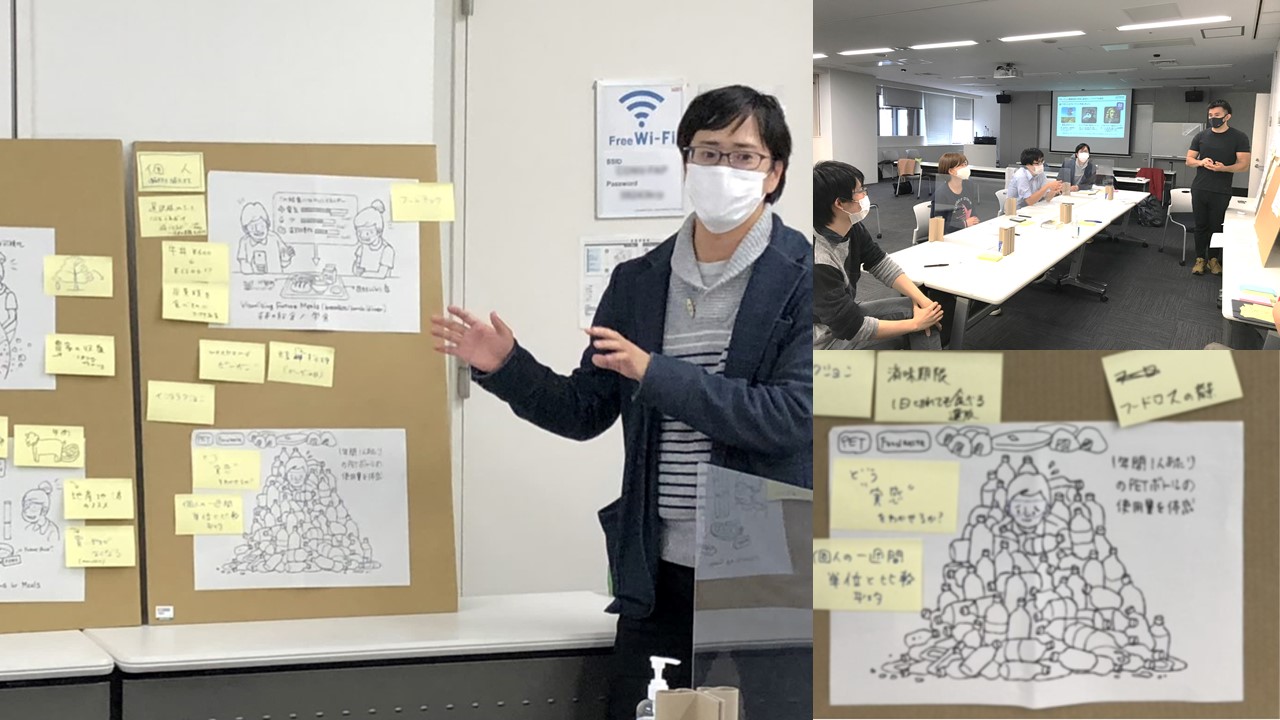
ワークショップを通じて作成した二つの社会課題を取巻くシナリオは、大きく分けて2種類のデジタルコンテンツに落とし込みました。 一つ目のコンテンツはMR(Mixed Reality)技術を活用しており、仮想空間に再現されたホログラフィックスを通じて、「パンデミック」「気候危機」それぞれの社会課題が生み出された背景や現在世界に及ぼしている影響を体感することができます。日立京大ラボのモデレータがリードするワークショップ形式のディスカッションで、参加者にはMRデバイスHololens23を装着していただき、活用することを想定しています。 二つ目のコンテンツはAR(Augmented Reality)技術を盛り込んだ電子絵本で、一つ目のコンテンツのシナリオの要約を、WEBブラウザ上で公開しています。コンテンツ内には、それぞれの社会課題に関する豆知識や専門家へのインタビュー動画も埋め込まれており、シナリオをたどりながら様々な知識を得ることができます。下記バナーリンクから、または二次元バーコードから閲覧いただけます。 ※PC、Android4スマートフォンからは電子絵本のみ閲覧可能、ARコンテンツはiPhone、iPad5でのみ再生可能となります。
The scenarios of two social issues created through the workshop were incorporated into two types of digital content. The first content utilizes MR (Mixed Reality) technology, which enables participants to experience cause and results of “pandemic” and “climate crisis” through holographic images reproduced in a virtual space. This content is to be used in a workshop-style discussions that lead by Hitachi’s moderators in Kyoto or Tokyo, where we have AR goggles “HoloLens 23” to be worn by participants. The second content is an e-picture book incorporates AR (Augmented Reality) technology, which summarize scenarios of the first contents. In this content, there are also trivia about social issues and video interviews with experts that make it easier to learn deeper about the problems. You can access e-picture books for each social issue by clicking the banner link below or by using the 2-dimensional barcodes. Notes: AR content incorporated in the e-picture books could only be viewed from iPad or iPhones5. When you access from you PCs or Android4 smartphones, you could only view the stories and video interviews except AR contents.
注釈

